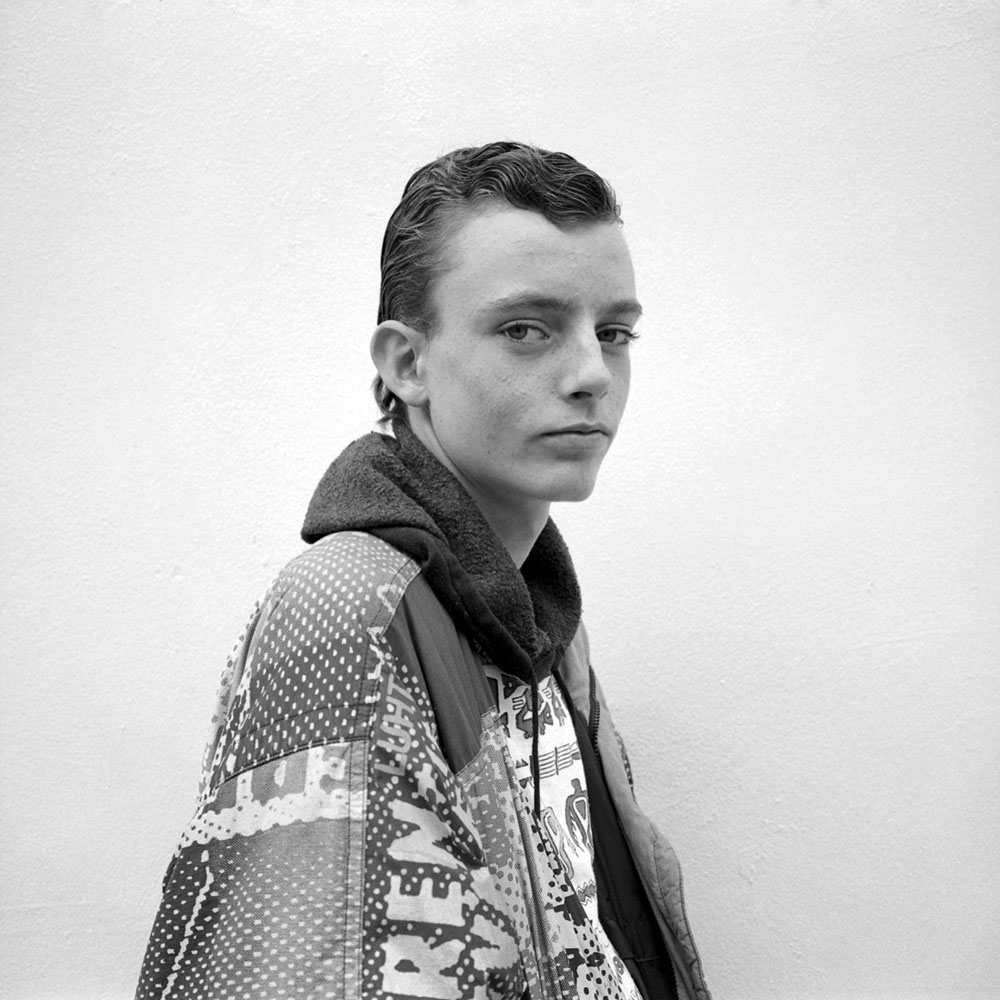
There is a bracing simplicity and subtlety to the black and white portraits in Teenage Precinct Shoppers, a new book of Nigel Shafran’s work published by Dashwood Books. (“Precinct” is a British term for a pedestrian mall.)
The photos were originally published in the British style magazine, i-D, and it’s tempting to dismiss them as “merely” fashion pictures. But the photographs are as much an empathetically anthropological portrait of British youth at a particular time and place (East London, 1990) as they are an illustration of specific “types.” There is no professional styling here; instead Shafran documents the subjects as they were.
The street portraits shot against a white wall and the accompanying color environmental shots capture discrete details — how the individuals wear their hair and clothes, for example — that help shape identities. At the same time, the images document the conflicting states of innocence and disaffected rebellion that, in a large sense, define the charged and heightened teenage years.
The book’s cover, meanwhile — suggested by Shafran’s long-time collaborator and friend, Paul Elliman — mirrors the signage of retail posters and, in its lack of pretension, suggests a welcome (and welcoming) accessibility.
Shafran’s work was hugely influential on a generation of fashion photographers, and although he still works commercially he withdrew from the world of fashion soon after the Precinct images were made. Over the past 20 years he has, instead, created work of a more personal and often domestic nature. He has self-published several books, with an intimate focus on members of his immediate family and their environments: Ruthbook (about his partner), Dad’s Office (his father) and Flowers for ___ (his son). He also produced a series of beautiful photographs on the mundane subject of washing up.
Made a decade before the turn of the millennium, Shafran’s Precinct pictures mark a time before the ubiquity of cell phones and social media reshaped teen lives as thoroughly as anything since the advent of rock and roll. As such, these portraits might be interpreted as dispatches from a simpler time. Shafran’s stripped down, straightforward approach to his work, however, was unusual — even radical — in an era when so many photographers preferred to distort or embellish reality. Far from chronicling some mythical, halcyon past, his Teenage Precinct Shoppers comprises a particular, honest and engaging document of a decade wholly unlike our own, yet deeply familiar and, in its own way, as fraught as anything teens (or any of us) face today.
Nigel Shafran is a photographer based in London. Shafran’s book is published by Dashwood Books.
Phil Bicker is a senior photo editor at TIME.
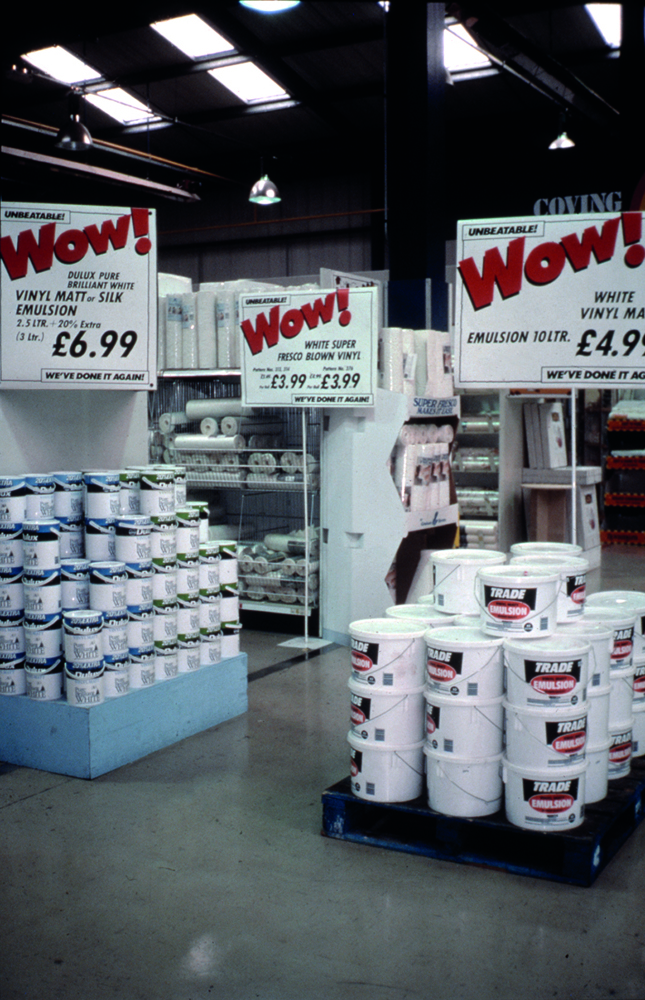
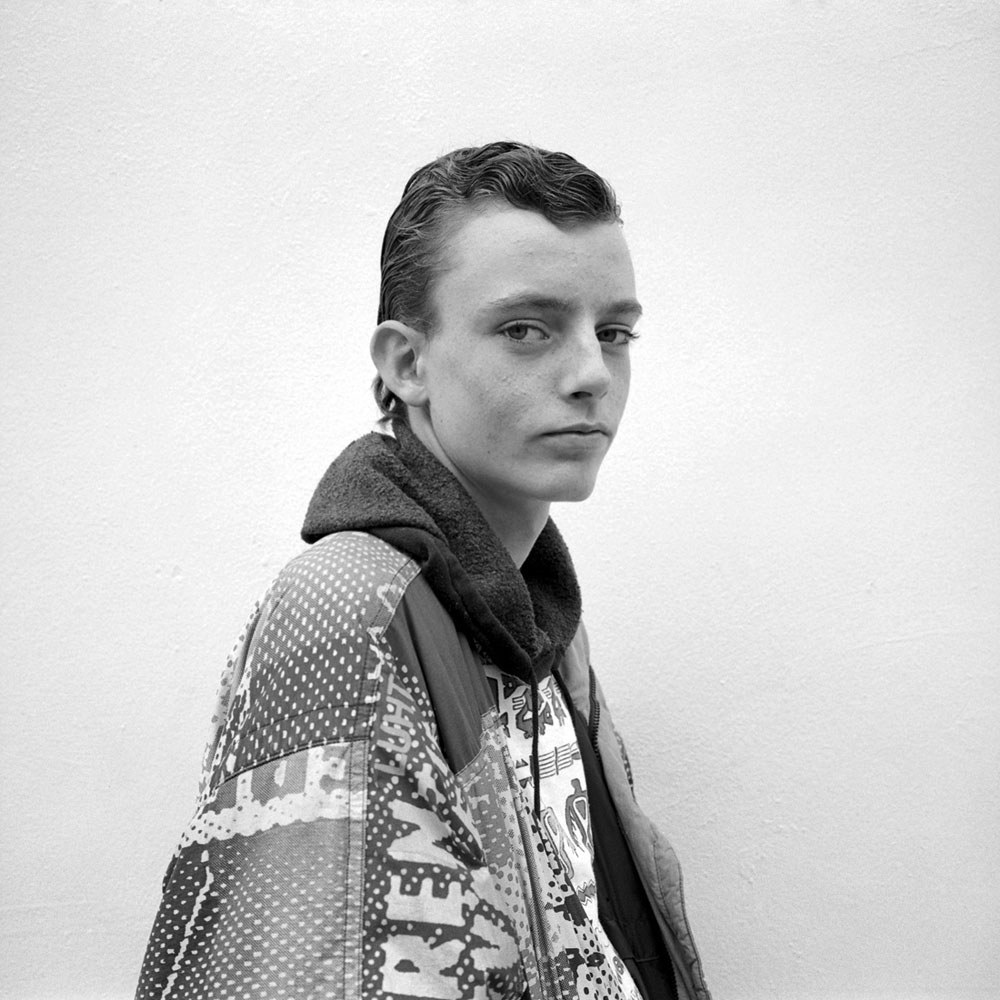
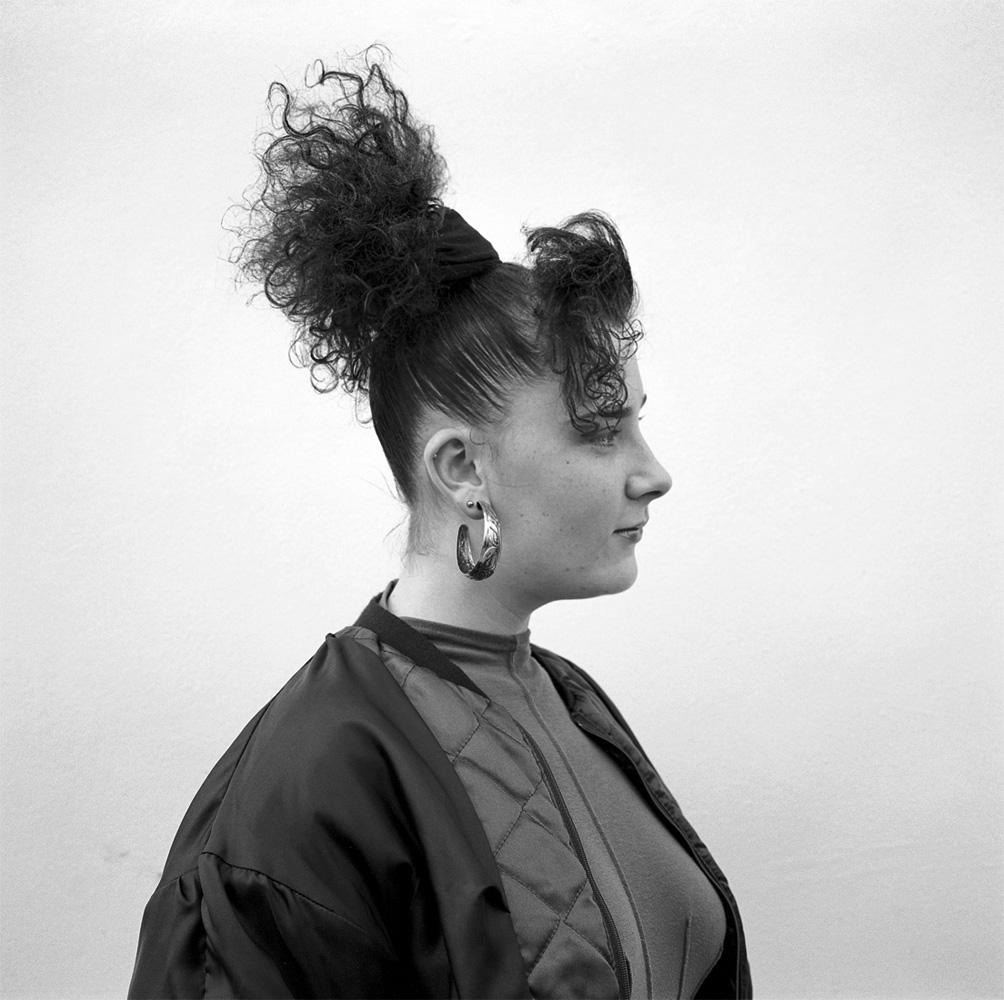



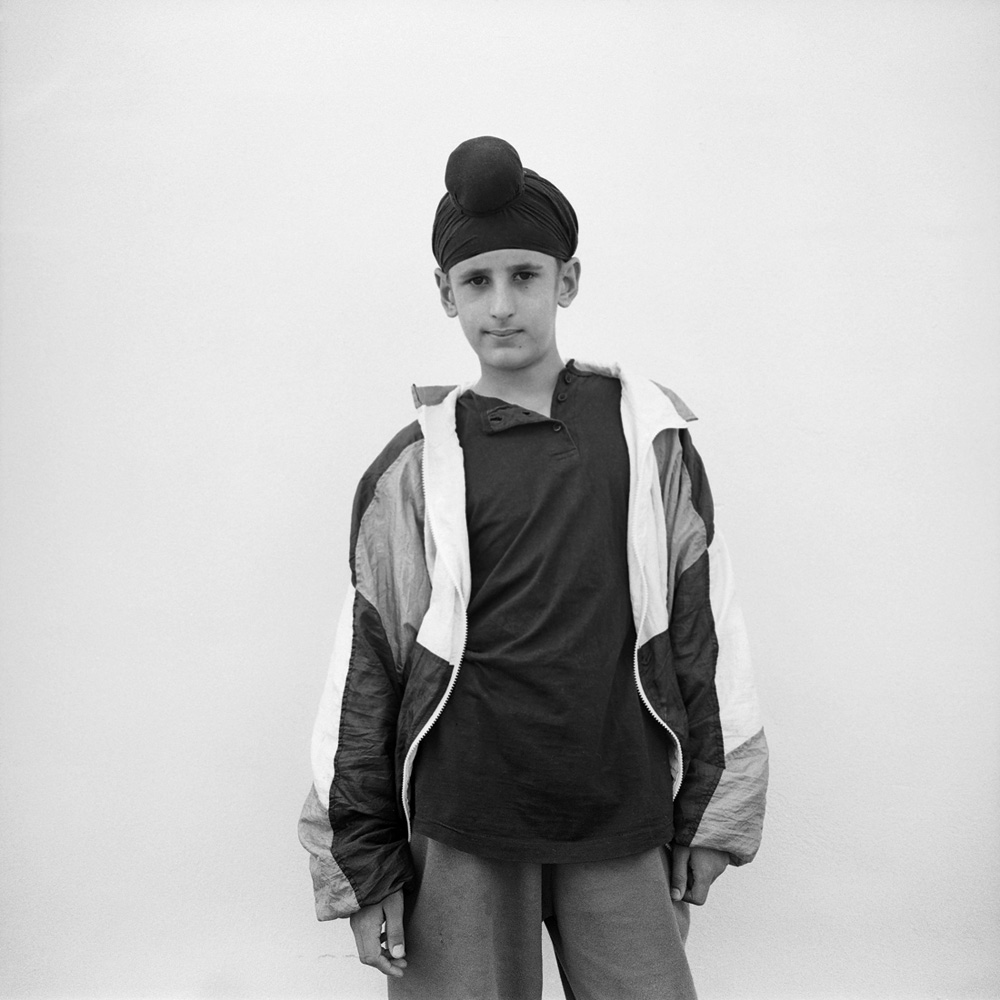
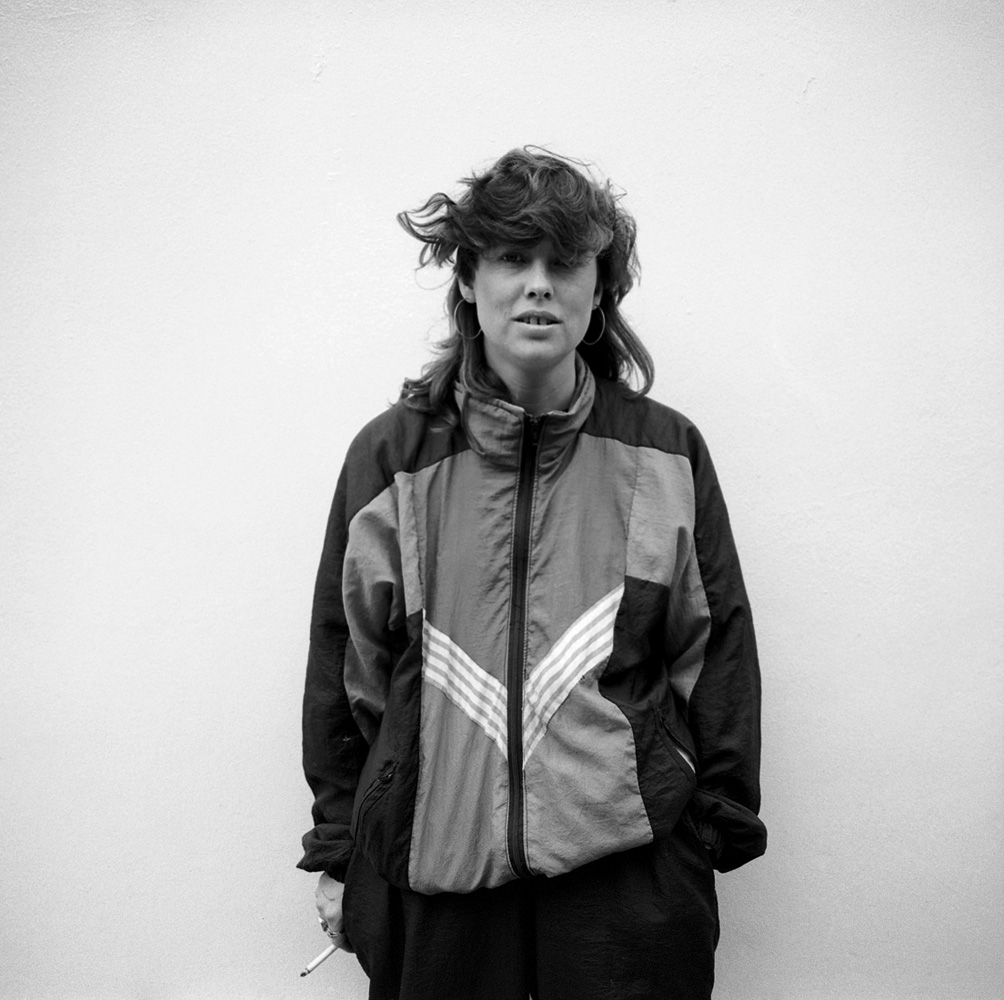
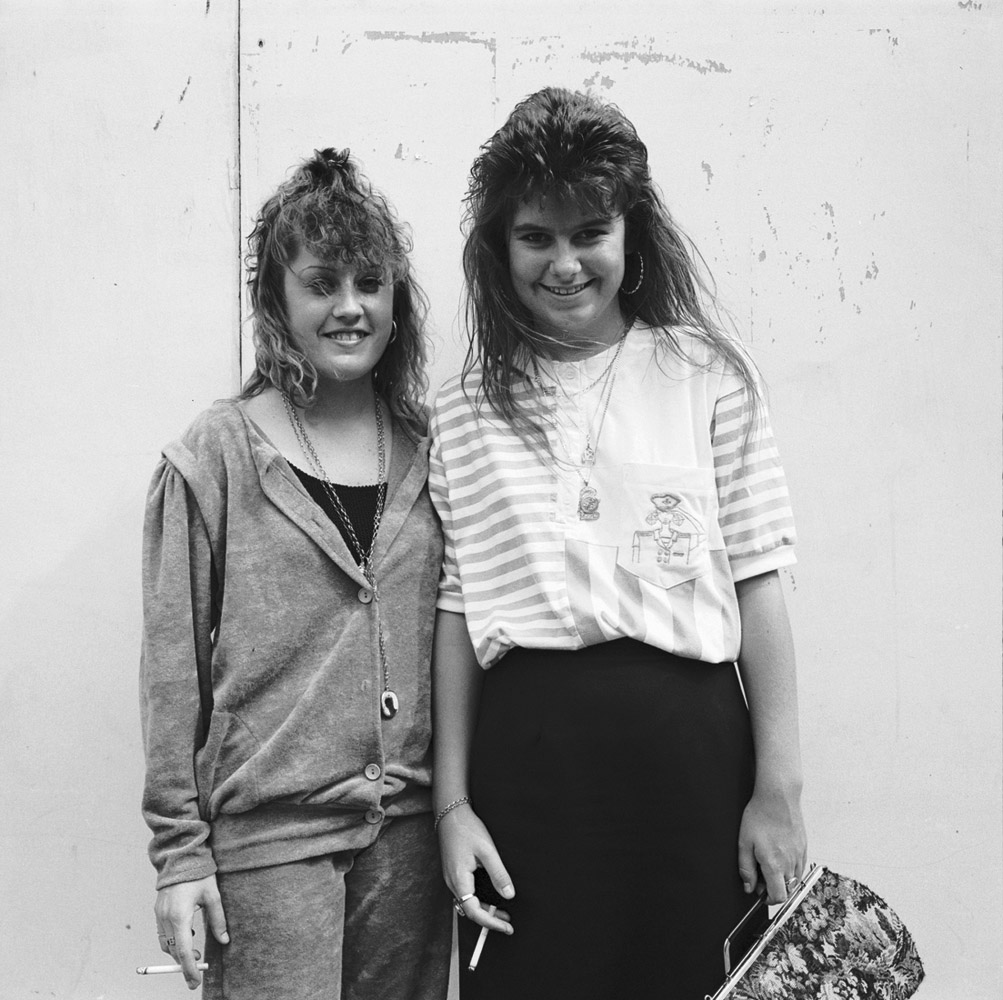
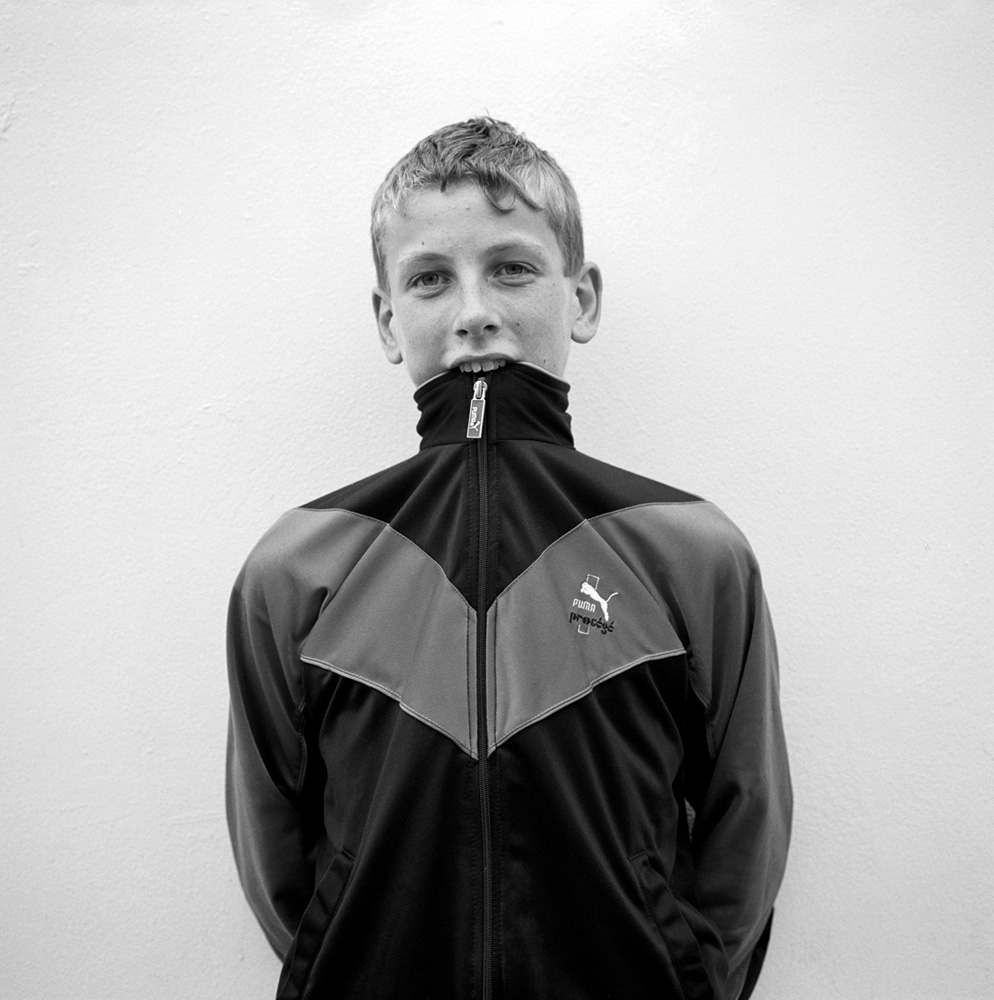
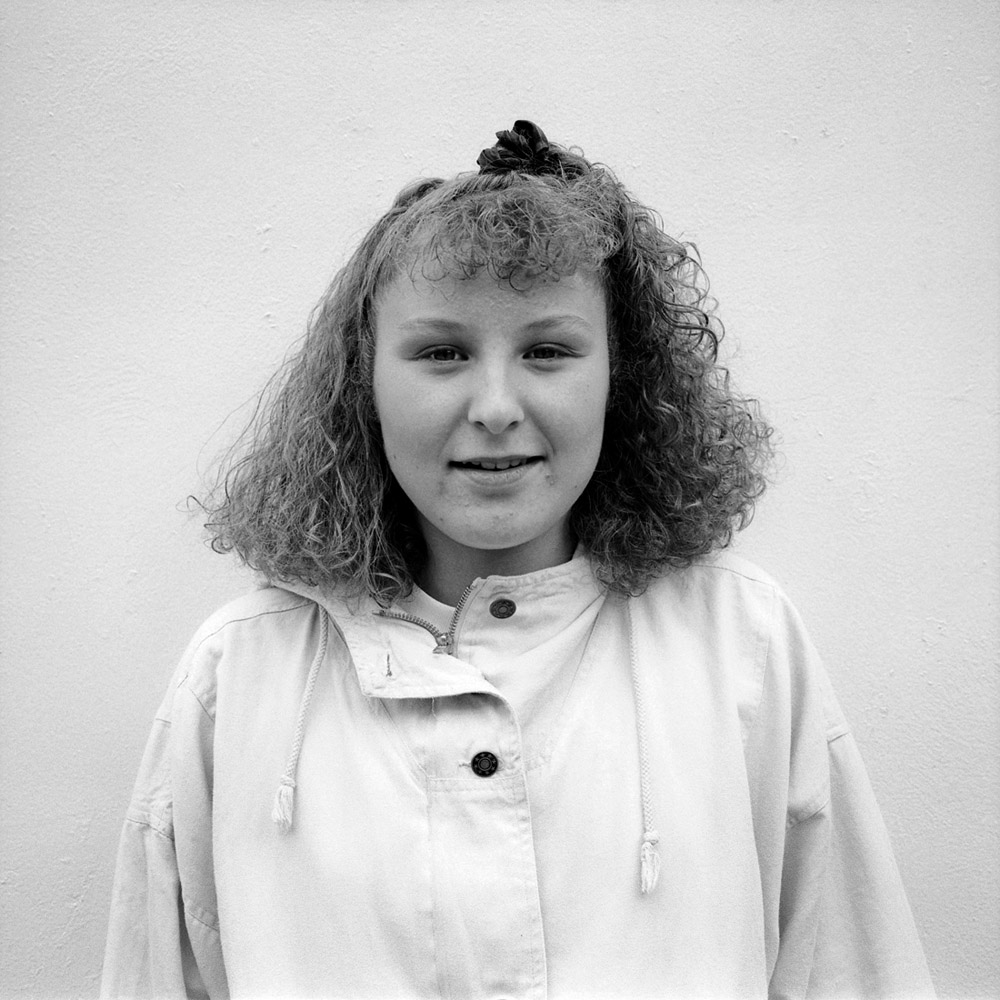
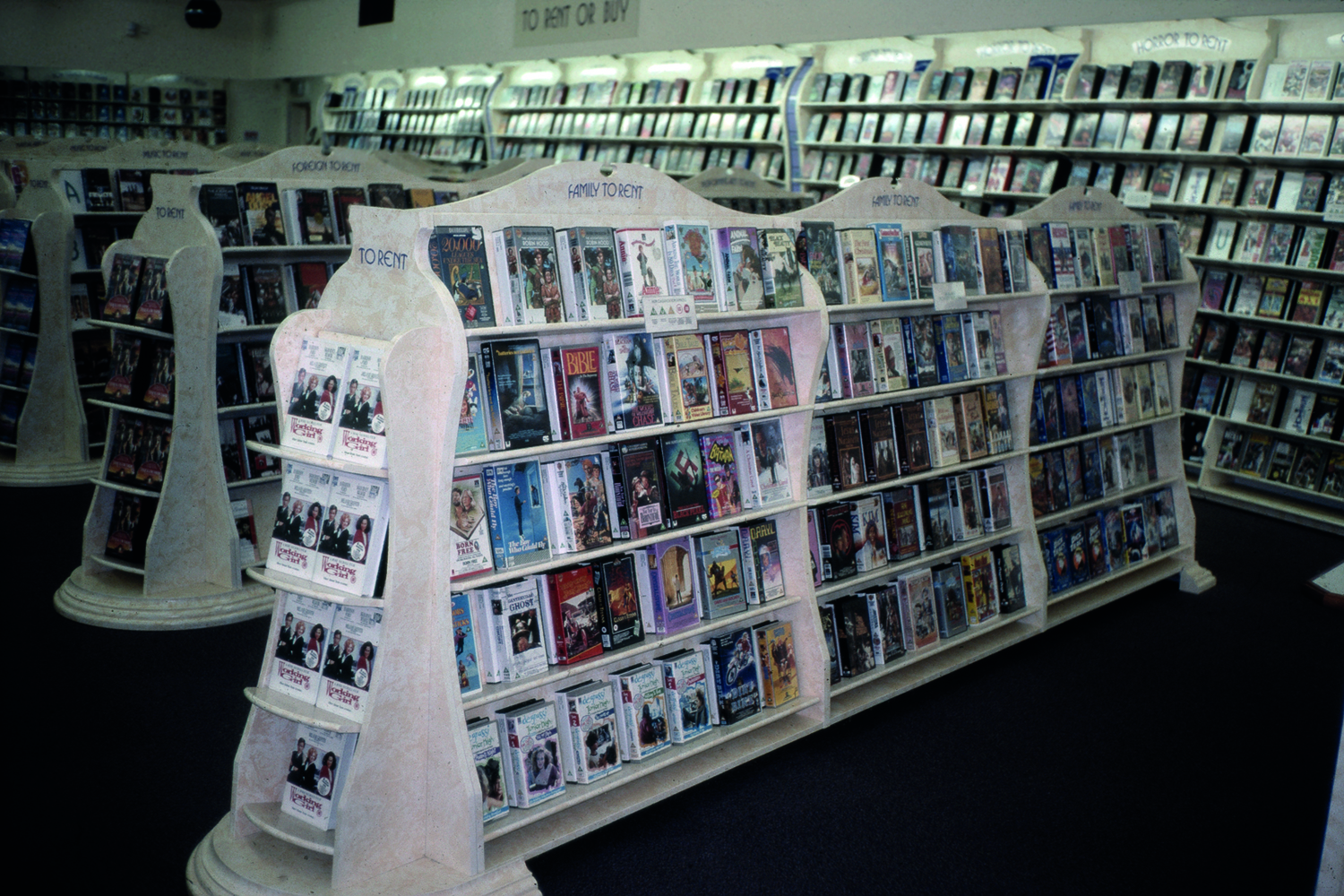
More Must-Reads from TIME
- Donald Trump Is TIME's 2024 Person of the Year
- Why We Chose Trump as Person of the Year
- Is Intermittent Fasting Good or Bad for You?
- The 100 Must-Read Books of 2024
- The 20 Best Christmas TV Episodes
- Column: If Optimism Feels Ridiculous Now, Try Hope
- The Future of Climate Action Is Trade Policy
- Merle Bombardieri Is Helping People Make the Baby Decision
Contact us at letters@time.com